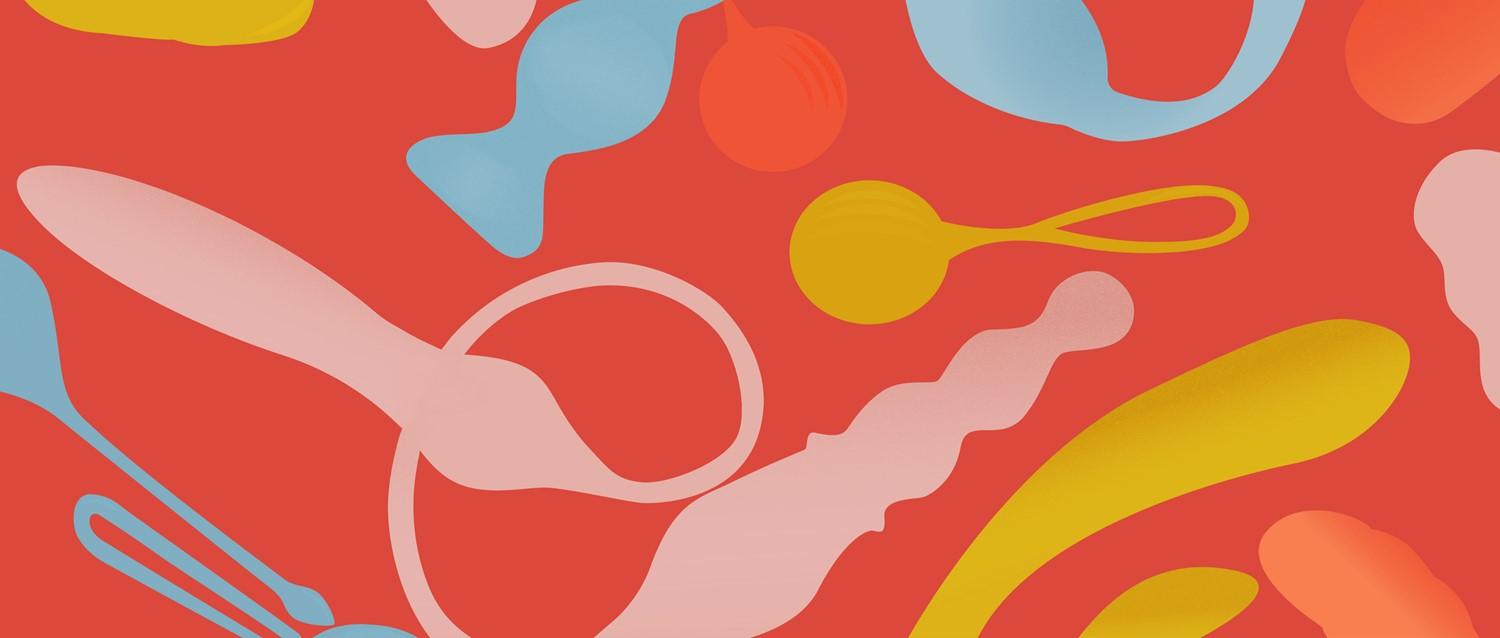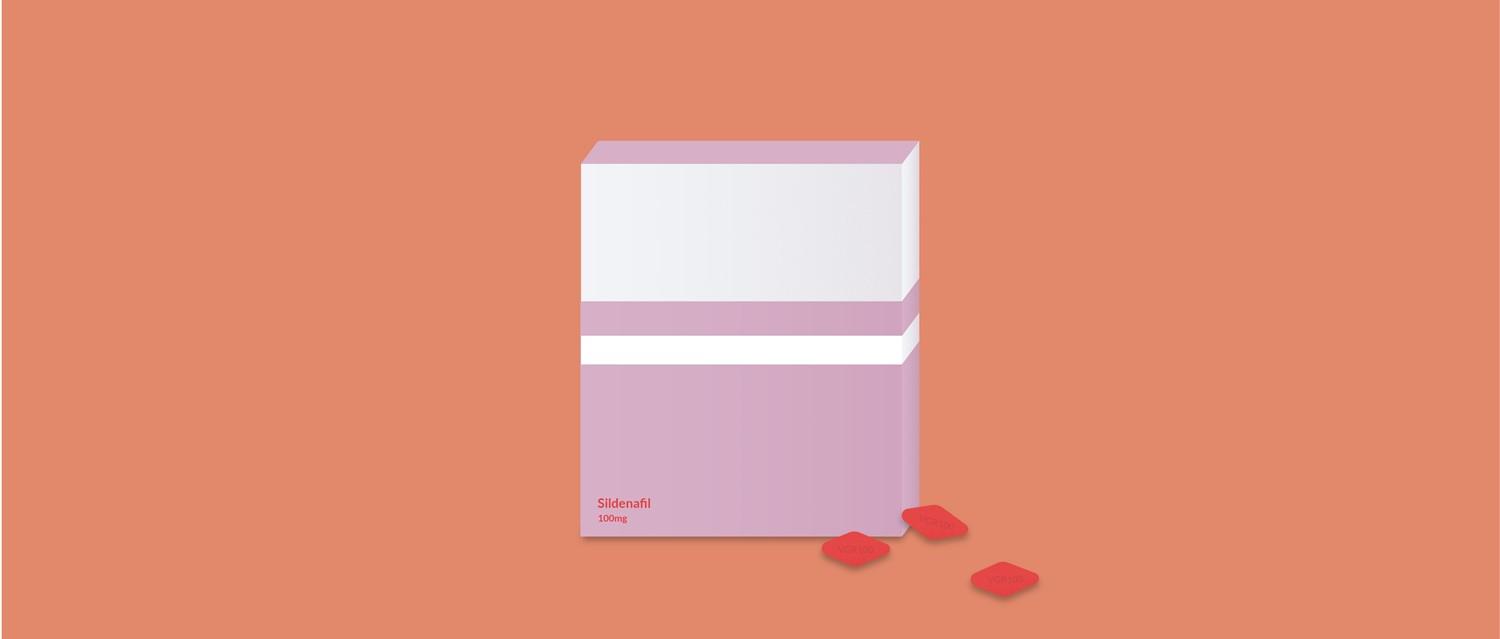
Cómo tratar el vaginismo
Revisado por la Dra. Sarah Jarvis MBE, FRCGPÚltima actualización por Sally TurnerÚltima actualización 9 oct 2019
Satisface las necesidades del paciente directrices editoriales
- DescargarDescargar
- Compartir
- Idioma
- Debate
Vaginismus is when your vaginal muscles involuntarily tighten when you try to insert something into it. It can make having sex impossible or very painful. We find out what it’s like to live with the condition and how you can treat it to alleviate your symptoms.
En este artículo:
Seguir leyendo
¿Qué es el vaginismo?
The main symptom of vaginismus is your vaginal muscles tightening in anticipation of penetration. If you attempt penetration, it typically causes a stinging pain.
Vaginismus can happen when:
Inserting a tampon.
Having a smear test.
Attempting vaginal penetration during sex, whether with a penis, finger or sex toy.
Something is put near your vagina.
Anxiety or fears around sex are often the cause of vaginismus, so you will likely feel anxious too.
Types of vaginismus
There are two types of vaginismus: primary and secondary.
Primary vaginismus is when you’ve always experienced difficulty with vaginal penetration. This is the type that the media most often focus on.
Secondary vaginismus is when you’ve experienced normal vaginal penetration previously, but vaginismus has since developed. This can be total or partial too, where some penetration is possible, but often with pain.
Vaginismus can also occur intermittently - in certain contexts and circumstances only.
Cómo tratar el vaginismo
NHS guidelines for vaginismus treatments focus on the use of vaginal dilators for desensitisation, psychosexual counselling, and relaxation techniques.
Vaginal dilators
These are smooth plastic devices that help to gently stretch the vaginal tissue in people who have pain during sex or penetration. They come in various sizes, allowing you to progress at your own pace.
Helen Forth is a specialist pelvic and women's health physiotherapist with 20 years' experience treating vulval pain issues like vaginismus, and hypertonic pelvic floor muscles. She says: "Always use dilators within your comfort zone and increase your tolerance slowly: the same goes with any myofascial release of the pelvic floor muscles. This is only something you should do when you've had some guidance from a specialist pelvic health physiotherapist."
Psychosexual therapy
This is a type of therapy that aims to address the psychological and physical aspects of vaginismus. It focuses on managing fear and anxiety around vaginal penetration through education and relaxation.
"What you're wanting to do is chalk up positive experiences when something is inserted into the vagina so that the brain stops anticipating that insertion relates to pain," Forth adds.
Medicación
Drug treatments for vaginismus are less common but include local anaesthetics and muscle relaxants. Injected Botox is also sometimes used, but remains an experimental treatment.
Seguir leyendo
How to treat vaginismus at home
Not all treatments for vaginismus require seeing a doctor. There are several things you can try at home to help you relax too.
Ejercicios del suelo pélvico
Pelvic floor exercises, (also known as Kegel exercises), strengthen the muscles that support your uterus, bowels, bladder and rectum. They can help retrain and relax the pelvic muscles to allow penetration.
Técnicas de relajación
Relaxation techniques such as deep belly breathing, and yoga positions like child’s pose, encourage relaxation and lengthening of the pelvic floor. These techniques allow you to keep calm, leading to pain free and pleasurable penetration.
Forth says, "Using specific breathing techniques and yoga positions are a vital part of treatment too, as they encourage relaxation and lengthening of the pelvic floor. Combining all this with psychosexual counselling (if indicated) will really help."
Dónde buscar ayuda para el vaginismo
If you think you may have vaginismus, visit your doctors or local sexual health clinic to rule out any other cause of your symptoms, such as an underlying infection.
You may be referred to a gynaecologist or vulval pain clinic and can ask to be assessed by a specialist pelvic health physiotherapist. Some vulval pain clinics will offer this service on the NHS, or you can seek a private consultation.
Seguir leyendo
What causes vaginismus?
Vaginismus can be caused by physical or psychological factors, or a combination of both. These factors include:
A traumatic gynaecological examination (smear test).
A painful sexual experience.
Abuso sexual.
Medical conditions such a thrush.
La creencia de que el sexo es vergonzoso y desagradable.
Though distinct from vaginismus, difficulty achieving vaginal penetration can also be caused by an hypertonic pelvic floor. This is when the vaginal muscles become overactive and tight, causing pain when stretched. Forth explains:
"El vaginismo es el espasmo de los músculos de la entrada de la vagina. A menudo las mujeres describen la sensación de un bloqueo físico cuando intentan introducir algo. Eso es diferente de la hiperactividad de los músculos del suelo pélvico, que pueden estar en un estado constante y crónico de tensión aumentada gran parte del tiempo, lo que parece ser el caso de algunas mujeres."
Forth atiende a menudo a pacientes con vaginismo secundario a las que también se ha diagnosticado vulvodinia y síndromes de dolor vulvar. "Puede haber más de una cosa en marcha - potencialmente una disfunción pélvica más amplia junto con problemas psicosexuales y dolor neuropático, por lo que es importante adoptar un enfoque multidisciplinar del tratamiento para obtener los mejores resultados."
La historia de Sam
Sam Evans had secondary vaginismus for many years and still has episodes from time to time. She says the condition was triggered initially by using an intimate lubricant containing additives that contributed to recurrent bouts of bacterial vaginosis, thrush and urinary tract infections.
"Cada vez que utilizábamos este lubricante durante las relaciones sexuales me producía irritación o una infección y eso hizo que empezara a ver el sexo y mi vagina de forma negativa", cuenta. "Seguía queriendo practicar sexo e intentaba relajarme, pero mis músculos vaginales estaban tan tensos que la penetración era imposible o muy dolorosa. En cierto modo, me preocupaba contraer otra infección y, con el tiempo, esas preocupaciones se habían convertido en una respuesta corporal que no podía controlar conscientemente."
Evans acudió a su médico de cabecera, que le diagnosticó vaginismo y le sugirió un enfoque psicosexual para reducir el estrés. Sólo cuando eliminó el desencadenante inicial del vaginismo empezó a recuperarse, explica Evans.
"Utilizar un lubricante que no irritara fue lo que marcó la diferencia, porque dejé de contraer infecciones y, con el tiempo, mi cuerpo captó el mensaje de que ya no tenía que sujetarme y protegerme de las relaciones sexuales. Además, darme cuenta de que podíamos seguir disfrutando mediante la masturbación mutua me quitó la presión de tener relaciones sexuales con penetración cada vez".
Selección de pacientes para Salud sexual femenina

Salud sexual
Los beneficios para la salud de los juguetes sexuales
La industria mundial de los juguetes sexuales mueve más de 15.000 millones de dólares al año y las investigaciones sugieren que casi la mitad de la población británica admite poseer al menos un producto. Vamos más allá del principio del placer para examinar los beneficios para la salud de los juguetes sexuales.
por Sally Turner

Salud sexual
¿Pueden tomar Viagra las mujeres?
Desde marzo de este año, el medicamento contra la disfunción eréctil Viagra, que antes sólo se dispensaba con receta médica, puede adquirirse sin receta. Según Pfizer, fabricante del fármaco, esto podría beneficiar a los 4,3 millones de hombres del Reino Unido que sufren problemas de erección. El medicamento, que ha sido rebautizado como Viagra Connect (sildenafilo), actúa aumentando el flujo sanguíneo a los genitales, lo que en los hombres se traduce en una erección. Disponible por primera vez en 1998, ha transformado la vida sexual de innumerables hombres. Como era de esperar, también ha despertado la curiosidad de muchas mujeres: si funciona tan bien con sus parejas masculinas, ¿no podría "funcionar" también con ellas?
por Abi Millar
Seguir leyendo
Historia del artículo
La información de esta página ha sido revisada por médicos cualificados.
9 Oct 2019 | Última versión

Pregunte, comparta, conecte.
Explore debates, formule preguntas y comparta experiencias sobre cientos de temas de salud.

¿Se encuentra mal?
Evalúe sus síntomas en línea de forma gratuita
Sign up to the Patient newsletter
Your weekly dose of clear, trustworthy health advice - written to help you feel informed, confident and in control.
By subscribing you accept our Privacy Policy. You can unsubscribe at any time. We never sell your data.